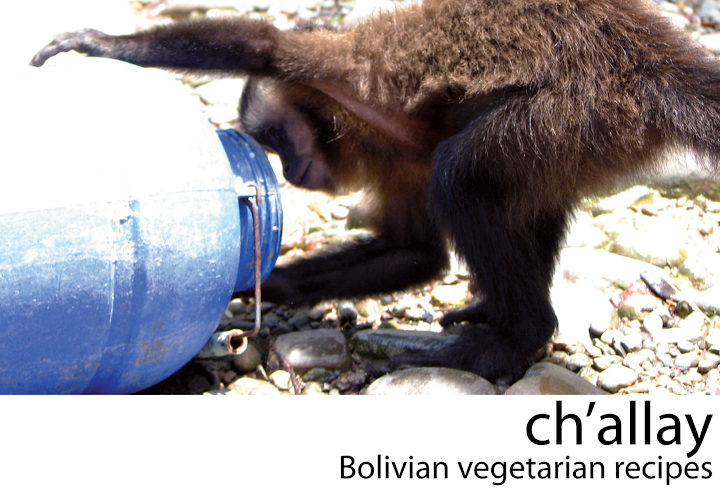 The largest indigenous HIV/AIDS support organization in Africa, TASO provides HIV/AIDS-affected children with chickens and support to develop sustainable, small-scale poultry holdings. The Poultry Project addresses the persistent poverty and malnutrition plaguing HIV/AIDS-affected children in Uganda. In 2010, the Poultry Project called farmers, designers, thinkers, architects, artists, and locavores to design a chicken coop for use in urban or suburban backyards. The ideal coop would integrate aesthetics with utility and make creative use of local materials.
The largest indigenous HIV/AIDS support organization in Africa, TASO provides HIV/AIDS-affected children with chickens and support to develop sustainable, small-scale poultry holdings. The Poultry Project addresses the persistent poverty and malnutrition plaguing HIV/AIDS-affected children in Uganda. In 2010, the Poultry Project called farmers, designers, thinkers, architects, artists, and locavores to design a chicken coop for use in urban or suburban backyards. The ideal coop would integrate aesthetics with utility and make creative use of local materials. 
Roof Run (RR) takes precedent from the vertical programming of cities. As an urban coop, it must fit into the dense urban fabric, i.e. a patio. In order to minimize its footprint yet still provide sufficient space for the birds, it was necessary to consider vertically stacking the program. The result is a series of perches that lead to a rooftop run.

Like a roof garden, the run provides food, temperature control and recreational activities. With a rooftop run, the chickens and compost access more sunlight. This is a concern in locations where tall buildings limit the daylight and therefore the egg production. Hens also want access to grass and soil. RR creates a protected space where the birds can dig for bugs. As a composting site, the urban farmer can place food scraps on the roof. What the chickens do not consume will attract bugs for further decomposition. The soil becomes fertilized with the manure of the birds. Eventually, this peat can be used for vegetable production. A cyclical system is born.

As a prototype, RR is a flexible system. Reclaimed wood is fastened to a steel structure and ventilation holes are drilled for air circulation. If necessary, insulation can be installed and the holes plugged as the farmer responds to his particular climate. The simple design can be commercially manufactured or handmade in Uganda. RR responds to diverse climates and their local materials, hoping to produce a sustainable home for hens in any part of the globe.

Understanding that a coop must be convenient for an urban farmer, Roof Run allows easy access for egg collection, food and water replenishment, and coop cleaning. The design even includes a droppings drawer with a removable tray.









